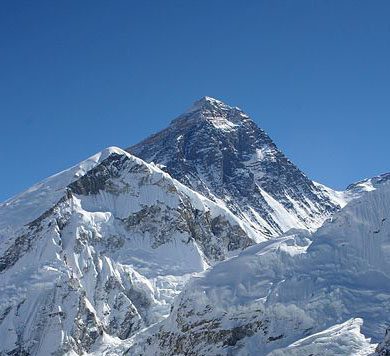
Here’s a piece on junk science, from the website of the American Council on Science and Health:
“‘Meat Kills’ Study Is Rotten To The Bone, But NYT Swallows It Anyhow”
An article from the extremely prestigious Nature: International Journal of Science, written by an experimental psychologist at the University of Oxford in the United Kingdom:
As I’ve pointed out multiple times, science is a human enterprise, carried out by humans. But some devotees of the ideology of scientism — they’re rarely actual scientists themselves — see any recognition of the human side of science as an attack on science as such, launched by religious fundamentalists like me in order to advance their supposed preference for ignorance and irrationalism. But, of course, it’s nothing of the sort.
Still, while I’m at it, here’s another (rather amusing) example of the all too human elements that affect science:
***

When I first read about this remarkable geological event, I was both fascinated and stunned — and stunned, partially, by the obviousness and power of the explanation that it afforded for the modern features (such as the Himalaya Mountains) of the terrain involved:
Incidentally, the devastating 7.8-magnitude April 2015 Nepal earthquake appears to represent the ongoing advance of the Indian Plate, which continues to move northward and which is, thus, underthrusting the Eurasian Plate. (Plainly, “India’s” collision with Asia wasn’t a one-time event in the past. It’s still happening.)
That earthquake killed more than 8500 people. Moreover, according to data from a Chinese satellite, it suddenly moved Mount Everest three centimeters to the southwest. (In a typical year, Everest moves about four centimeters due to crustal movements.) However, you’ll be relieved to know that the height of Mount Everest was unchanged. It remains arguably taller than any mountain in either Florida or Kansas.










